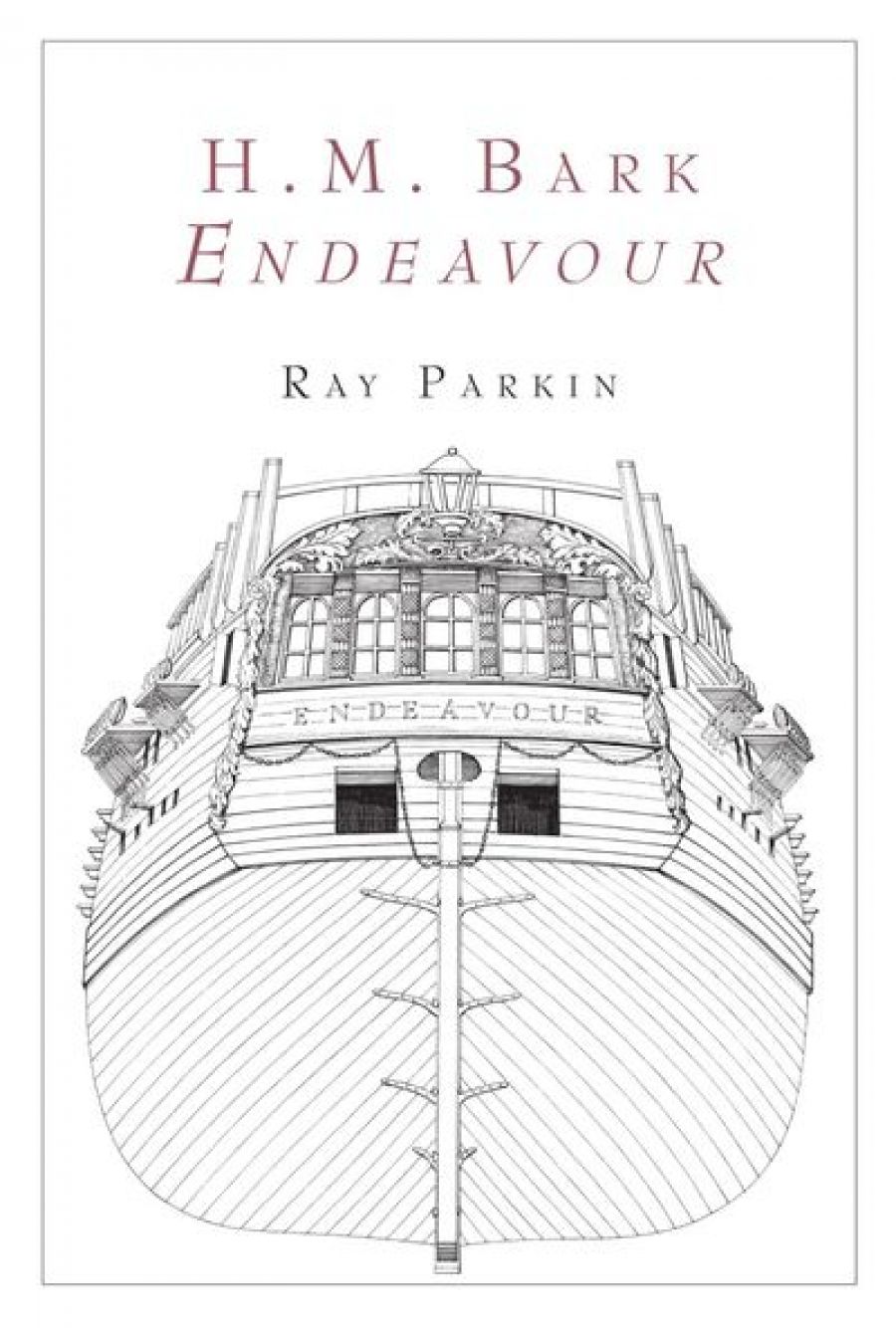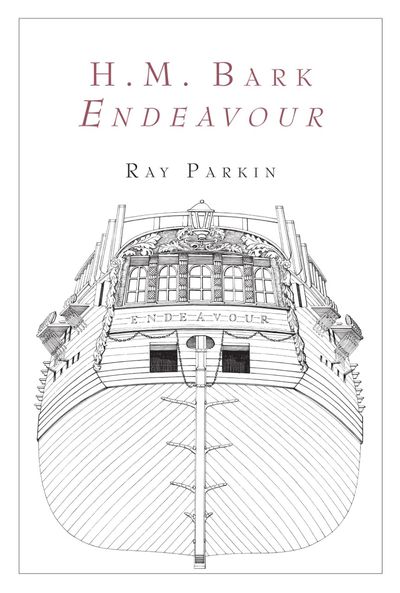
- Free Article: No
- Contents Category: Australian History
- Review Article: Yes
- Article Title: Quite a Voyage
- Online Only: No
- Custom Highlight Text:
The official account of James Cook’s first voyage in the Endeavour (1768-71) was published in 1773. The account, being an edited version of Cook’s journal, occupies the second and third volumes of John Hawkesworth’s An Account of the Voyages Undertaken by the Order of His Present Majesty for Making Discoveries in the Southern Hemisphere. The first volume includes voyages by Byron, Wallis and Carteret – all seminal voyages in the history of the British Empire. We need to remember that Cook represents the culmination of the scientific discovery in the southern hemisphere, beginning with William Dampier in the late seventeenth century.
- Book 1 Title: H.M. Bark Endeavour (Second Edition)
- Book 1 Biblio: Miegunyah Press, $59.95 hb, 467 pp
- Book 1 Cover Small (400 x 600):

- Book 1 Cover (800 x 1200):

The exhaustive publication of Cook’s account was important in terms of publishing history in other ways. Although interest in ongoing exploration had been growing throughout the seventeenth century, the account of Cook’s first voyage took this interest to a new level. The growing fascination with Cook was such that the first biography of him, by Andrew Kippis, was published only nine years after his death.
Until the publication of Ray Parkin’s H.M. Bark Endeavour in 1997, there didn’t seem to be anything left to say, but anyone who believed this was proved wrong. The twenty-five years that Parkin spent researching his book resulted in a seminal publication. In every way, it must be regarded as an alternate, legitimate account of Cook’s first voyage. The first edition, originally priced at $150, now sells for as much as $550. The only real difference between the second edition and the first is that the fifteen separate plates and charts are incorporated into the text to produce a one-volume work. Although not as lavish as the first edition, it is still a beautiful publication.
Part of the book’s strength derives from Parkin’s background. He sailed with the navy and has infused the work with that experience of the sea as well as the tenacity of an indefatigable researcher. This is perhaps to be expected, but who would have thought he would write so well? There is a genuine marriage between Parkin’s work as a draughtsman and his lucid, accessible prose. The illustrations highlight the ingenuity of maritime construction in the eighteenth century – we can’t forget that the British Empire rested on her navy – and Parkin’s evident respect is conveyed in the painstaking reconstruction of the ship itself. He literally gives us the measurements of every piece of timber in the ship’s construction. Tedious? Not for a second.
The incidental details provided are a wonder. The inclusion of an entry for widow’s men (the Endeavour, with a crew of eighty-four, carried two) on every ship’s register to compensate wives of the deceased is a little-known fact that continues to unsettle this reviewer. Upon the death of two crewmen, Cook’s sons James (aged six) and Nathaniel (aged five) were added to the company – not for financial gain of their captain but ‘to give the lads extra sea-time for promotion when they should be finally entered into the service’. Further, ship’s new days and dates began at midday rather than at midnight. It is this type of detail that intrigues fans of Patrick O’Brian’s novels and, indeed, makes Parkin’s book so vivid.
This voyage has almost passed into legend. Although its supposed aim was to observe the Transit of Venus across the sun, the crew of the Endeavour was more properly searching for the Great Southern Continent, thought to lie between New Holland and South America. It brought together James Cook and Joseph Banks, the two key figures of British scientific exploration.
Having reconstructed the ship from its timbers and amply depicted life on board, Parkin devotes the second part of the book to the mapping of the eastern coast of New Holland in 1771. He takes relevant selections from the journals of Cook and Banks primarily, but from Parkinson, Pickersgill and Hicks where they provide insights not otherwise recorded. He also includes the ship’s log for each day, which gives us an idea of the rhythms of life on board. The fascination of Banks the naturalist alongside the brilliance of Cook’s ‘calculated risks’ as he navigates around the Great Barrier Reef are breathtaking. Parkin has provided readers of Australian history, naval historians and natural scientists with an invaluable service. In one volume, we now have a complete overview of arguably the most important voyage in Australian history.


Comments powered by CComment